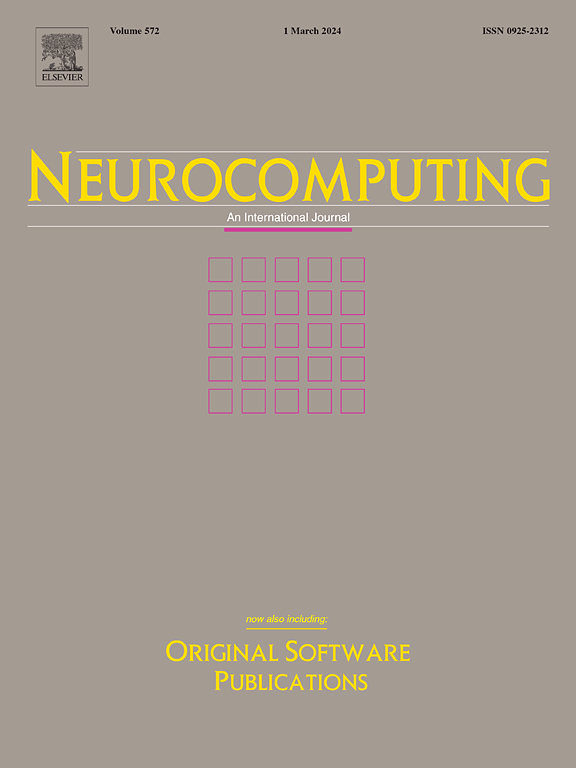Spectrum-guided Spatial Feature Enhancement Network for event-based lip-reading
IF 5.5
2区 计算机科学
Q1 COMPUTER SCIENCE, ARTIFICIAL INTELLIGENCE
引用次数: 0
Abstract
The Automatic Lip-reading task aims to recognize spoken words through visual cues from the speaker’s lip movements. This crucial task complements audio-based speech recognition systems and can substitute them when sound is unavailable. Event-based lip-reading methods have gained increasing attention due to the advantages of event cameras, such as high temporal resolution and low power consumption. However, existing methods often fail to fully utilize the spatial information in event data due to its sparsity and the presence of random activations. To address this, we propose a novel Spectral-guided Spatial Enhancement Network (SSE-Net). SSE-Net introduces two core innovations: the Spectrum-guided Spatial Feature Enhance Module (SSEM) and the Multi-Scale Spatial Interaction Module (MS-SIM). SSEM employs frequency domain enhancement and spatial feature enhancement strategies to augment spatial features crucial for event-based lipreading tasks. MS-SIM conducts the fusion and interaction of multi-level semantics, enriching the contextual information of lip representations. We conducted experiments on the event-based lip-reading dataset DVS-Lip with our proposed method and demonstrated its superiority over other state-of-the-art event-based lip-reading methods.
求助全文
约1分钟内获得全文
求助全文
来源期刊

Neurocomputing
工程技术-计算机:人工智能
CiteScore
13.10
自引率
10.00%
发文量
1382
审稿时长
70 days
期刊介绍:
Neurocomputing publishes articles describing recent fundamental contributions in the field of neurocomputing. Neurocomputing theory, practice and applications are the essential topics being covered.
 求助内容:
求助内容: 应助结果提醒方式:
应助结果提醒方式:


